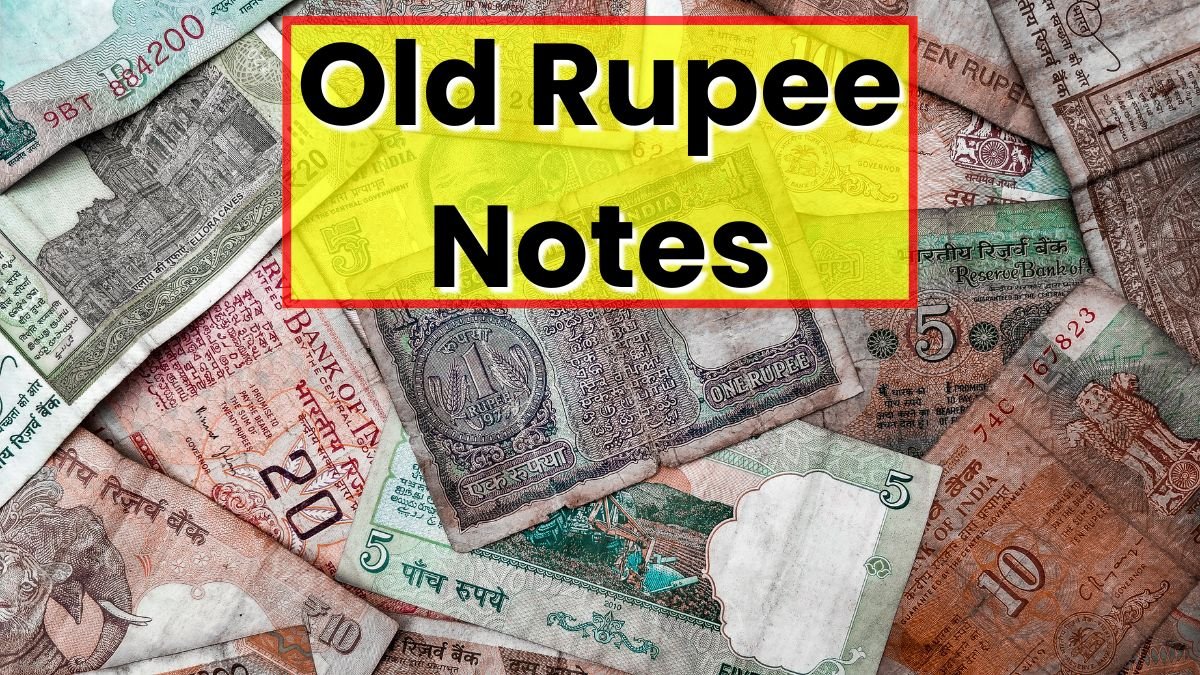Ever looked at a torn ₹10 note and thought, “What a waste”? Turns out, it’s not a waste anymore.
The RBI’s latest update is more than just a policy change it’s a creative, eco-friendly twist that could help both our planet and your living room. Yup, the Reserve Bank of India has just announced a plan to turn old, damaged currency notes into furniture. Sounds unreal? It’s 100% real and kind of genius.
Let’s break it down and see how this unusual yet impactful idea could change the way we look at money literally.
What Happens to Old Notes? A Silent Problem
Every year, about 15,000 tonnes of torn, soiled, and damaged rupee notes are collected by banks across India. That’s 15,000 tonnes of paper just… thrown away or worse—burned or buried, damaging our environment in the process.
You’d think there’s a better way to deal with this waste, right?
Turns out, the RBI thought so too.
RBI’s Creative Move: Furniture from Old Notes
Here’s the big news from the RBI latest update—instead of dumping or burning old notes, they’ll now be turned into particle boards. These boards can be used to make:
- Tables
- Chairs
- Cupboards
- Wall panels
- Home décor items
Basically, your next coffee table might just be made out of yesterday’s ₹500 note.
The RBI is teaming up with technical institutes and wood-based product manufacturers to get this done. And it’s not just a cool idea—it’s backed by science.
The Research Behind It
The Wood Science and Technical Institute, under the Ministry of Environment, Forest and Climate Change, ran studies to test if currency briquettes (compressed paper from old notes) could match the strength and quality of wooden boards.
Guess what? They passed with flying colors.
So now, instead of cutting trees to make particle boards, we’ll use shredded currency paper. This reduces both deforestation and waste. Double win.
How It Works: From Trash to Table
Here’s the simplified version of how it all works:
Step-by-Step Process:
- Old notes are shredded by the RBI once they’re no longer usable.
- The shreds are compressed into briquettes—tight, compact paper blocks.
- These briquettes are sold to empaneled manufacturers.
- The manufacturers use them in place of wood chips to create particle boards.
- These boards are then crafted into furniture and home items.
All this without cutting a single tree.
Why This Matters: Not Just a Trend
Let’s be real—our planet’s already carrying a heavy load. Burning or burying thousands of tonnes of chemical-laced currency paper (think: inks, fibers, security threads) only makes things worse.
With this new move, RBI isn’t just being innovative—it’s being responsible.
This initiative means:
- Less carbon footprint
- Fewer trees cut down
- Reduced chemical pollution
- More sustainable jobs in recycling and green manufacturing
Real Reactions: What People Are Saying
“I always wondered where all those torn notes go. It’s cool to think they might become part of someone’s home one day.” – Ramesh, Furniture Dealer in Surat
“This is the kind of innovation we need—less waste, more reuse. Hats off to RBI.” – Anjali, Environmental Science Student, Delhi
FAQ
Q1. What is the RBI latest update about old notes?
The RBI is turning shredded old currency notes into particle boards to make furniture, as part of a green initiative.
Q2. How are these old notes reused?
They’re compressed into briquettes and sold to manufacturers who use them instead of wood chips.
Q3. Is this furniture safe to use?
Yes! The materials are tested and meet technical standards set by wood science institutes.
Q4. Why is this initiative important?
It reduces waste, prevents pollution, and lowers the need to cut trees for furniture production.
Q5. Can we buy this furniture in stores?
Soon, yes. Once more manufacturers start using this material, it will enter the consumer market.
Q6. What’s the benefit for the environment?
Massive! It prevents 15,000 tonnes of paper waste from being burned or buried every year.
